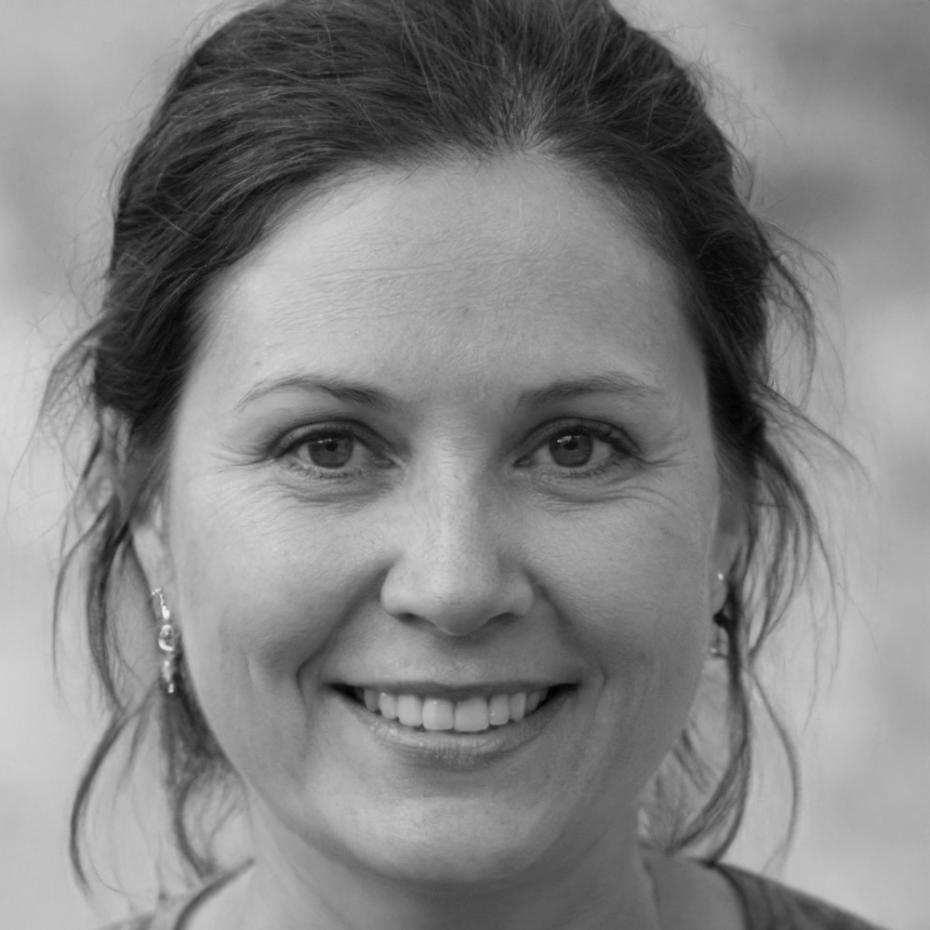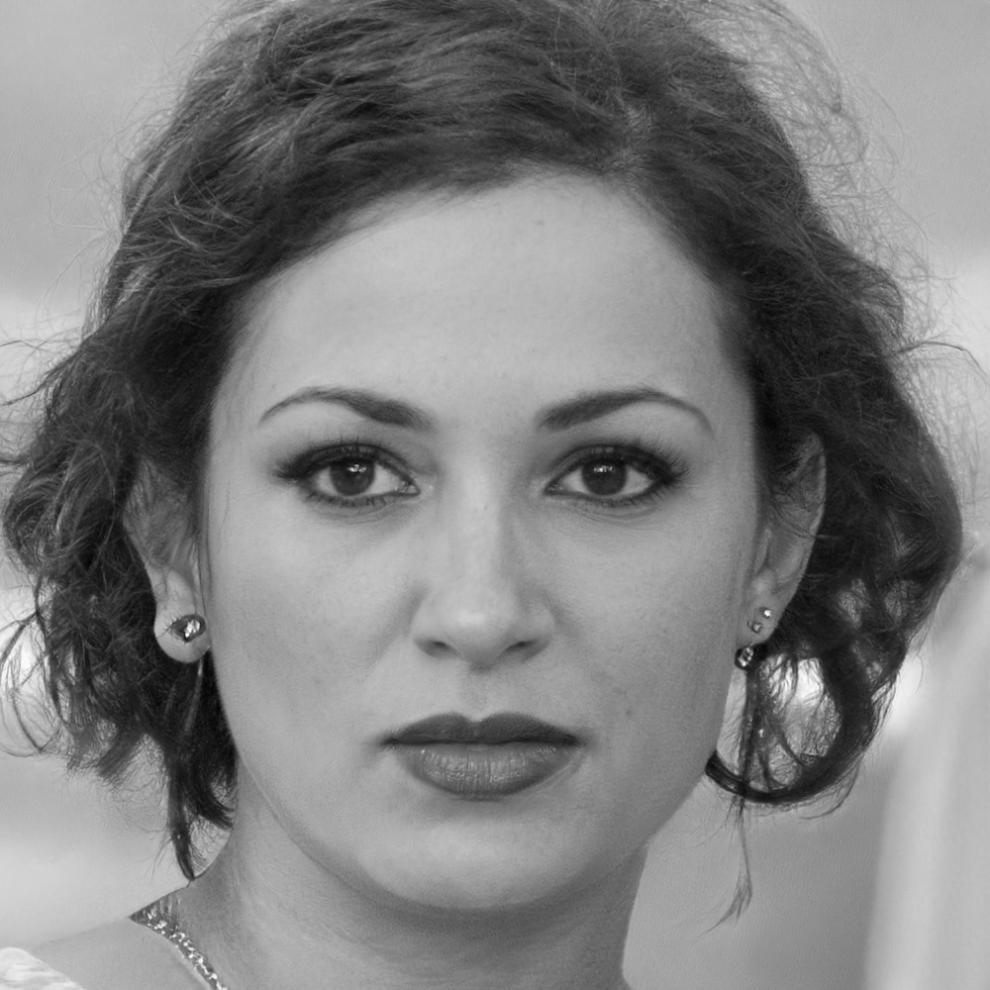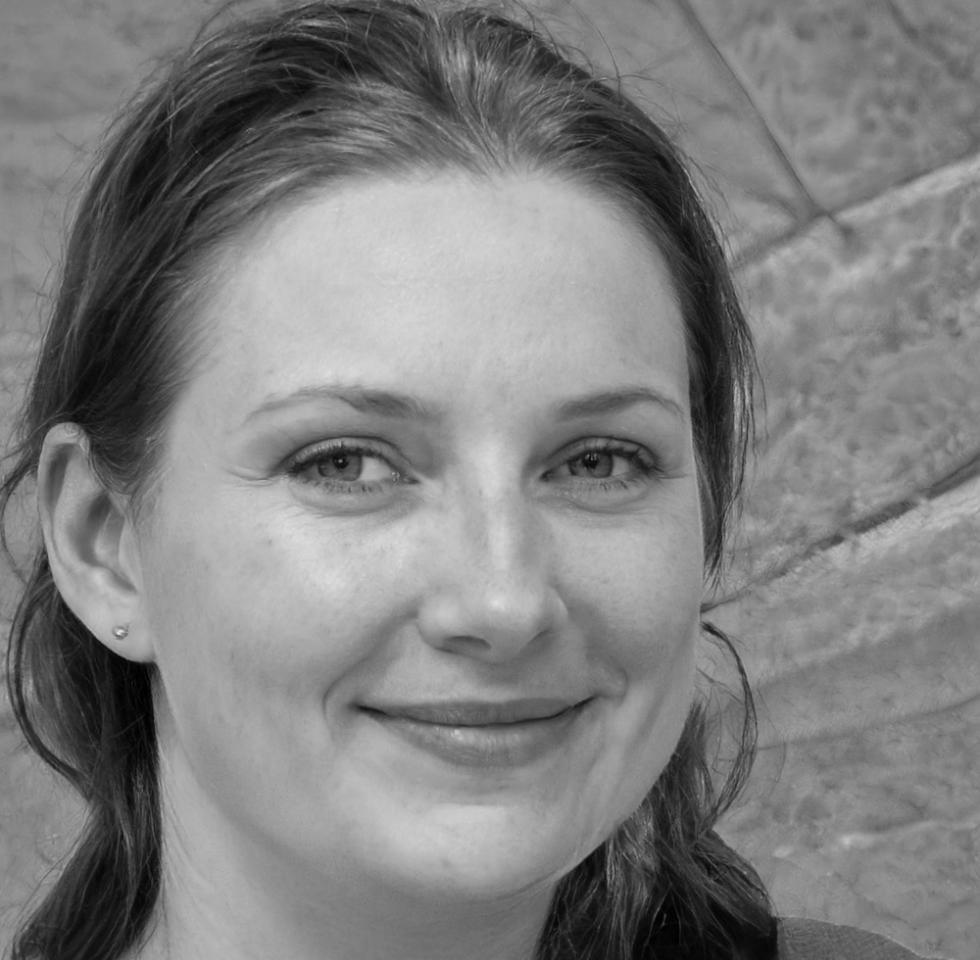Master Testing Skills That Actually Matter
Starting October 2025, we're running an intensive program where you'll work with real codebases and tackle actual bugs. Not theory—just the stuff that helps you find problems faster and write tests that catch things before users do.
Ask About Fall Enrollment
How It Actually Works
We break the twelve weeks into three focused stages. Each builds on what came before, but you won't be sitting through lectures watching slides. You'll be testing, breaking things, fixing your approach, and doing it again.
Foundation Phase
Weeks 1-4: Start with fundamentals but move quickly into hands-on practice. You'll set up test environments, write your first automated checks, and debug when things go sideways.
- Test frameworks setup and basic scripting
- Understanding what makes tests reliable
- Reading logs and tracking down failures
- Working with version control basics
Integration Phase
Weeks 5-8: Now things get messier. You'll test APIs, deal with database states, handle async operations, and figure out what to do when services don't respond the way you expect.
- API testing with real endpoints
- Managing test data and cleanup
- Continuous integration pipelines
- Performance monitoring basics
Project Phase
Weeks 9-12: Final stretch—you'll work on a larger codebase with your cohort, building out test coverage for features that aren't fully tested yet. This part feels closest to what you'd face on the job.
- Team collaboration on shared repositories
- Code reviews and feedback sessions
- Troubleshooting complex scenarios
- Documenting your testing approach
Who You'll Learn From
Our instructors aren't just teaching this stuff—they work in testing every day. Runa spent seven years at a fintech company handling automated regression suites. Dagny builds testing infrastructure for SaaS platforms. And Kerensa has debugged more flaky tests than anyone wants to count.
They know what trips people up because they've been there. When you hit a problem, they'll help you figure it out without just giving you the answer.

Runa Thorberg
Spent most of her career stabilizing test suites that ran too slow or broke too often. She'll show you how to write tests that stay reliable.

Dagny Vestergaard
Builds the systems that let testing scale. She'll walk you through CI pipelines and help you understand what happens after you push code.

Kerensa Llywelyn
Works with teams to improve test coverage and speed up feedback loops. She's great at explaining why certain approaches work better than others.
Questions People Actually Ask
Here's what comes up most often when folks are thinking about joining. If something isn't clear here, reach out—we'd rather answer it now than have you wonder.
Before You Start
Do I need programming experience to join?
Some helps. You don't need to be a developer, but you should be comfortable reading code and not panic when you see a script. If you've done basic Python or JavaScript tutorials, that's enough to start.
What's the time commitment each week?
Plan on 15-20 hours. Live sessions happen twice a week for two hours each, and the rest is project work you do on your own schedule. Some weeks might need more time if you're stuck on something.
Is this all remote or do I need to show up somewhere?
Everything's online. Sessions are scheduled for evenings Taiwan time so people with day jobs can attend. Recordings go up afterward if you miss one, but try to show up live—questions get answered faster that way.
During the Program
What happens if I fall behind or don't understand something?
Office hours twice a week, plus a shared chat where other students and instructors hang out. Most people hit a wall at some point—it's expected, not a problem. You won't get left behind unless you disappear completely.
Do I work alone or with other people?
Both. Early weeks are mostly solo exercises. Later you'll pair up or work in small groups, especially during the final project phase. You'll get feedback from peers and instructors throughout.
What tools and software will I need?
A computer that can run basic development tools—Windows, Mac, or Linux all work. We'll walk you through installing testing frameworks and setting up environments in the first week. Everything we use is open source, so no licensing costs.
After You Finish
What can I actually do with these skills?
You'll be able to write automated tests, set up basic CI workflows, debug test failures, and contribute to testing efforts on real projects. It's not a guarantee of anything specific, but you'll have practical skills that teams need.
Is there support after the program ends?
Access to materials stays open. Alumni chat remains active if you want to ask questions or share what you're working on. No formal placement services, but we'll give feedback on portfolios and answer questions about next steps.
Fall 2025 Enrollment Opens in June
Limited to 24 participants so everyone gets actual attention. If you want to join the October cohort, get in touch soon—spots fill up faster than we'd like.
Contact Us About Enrollment